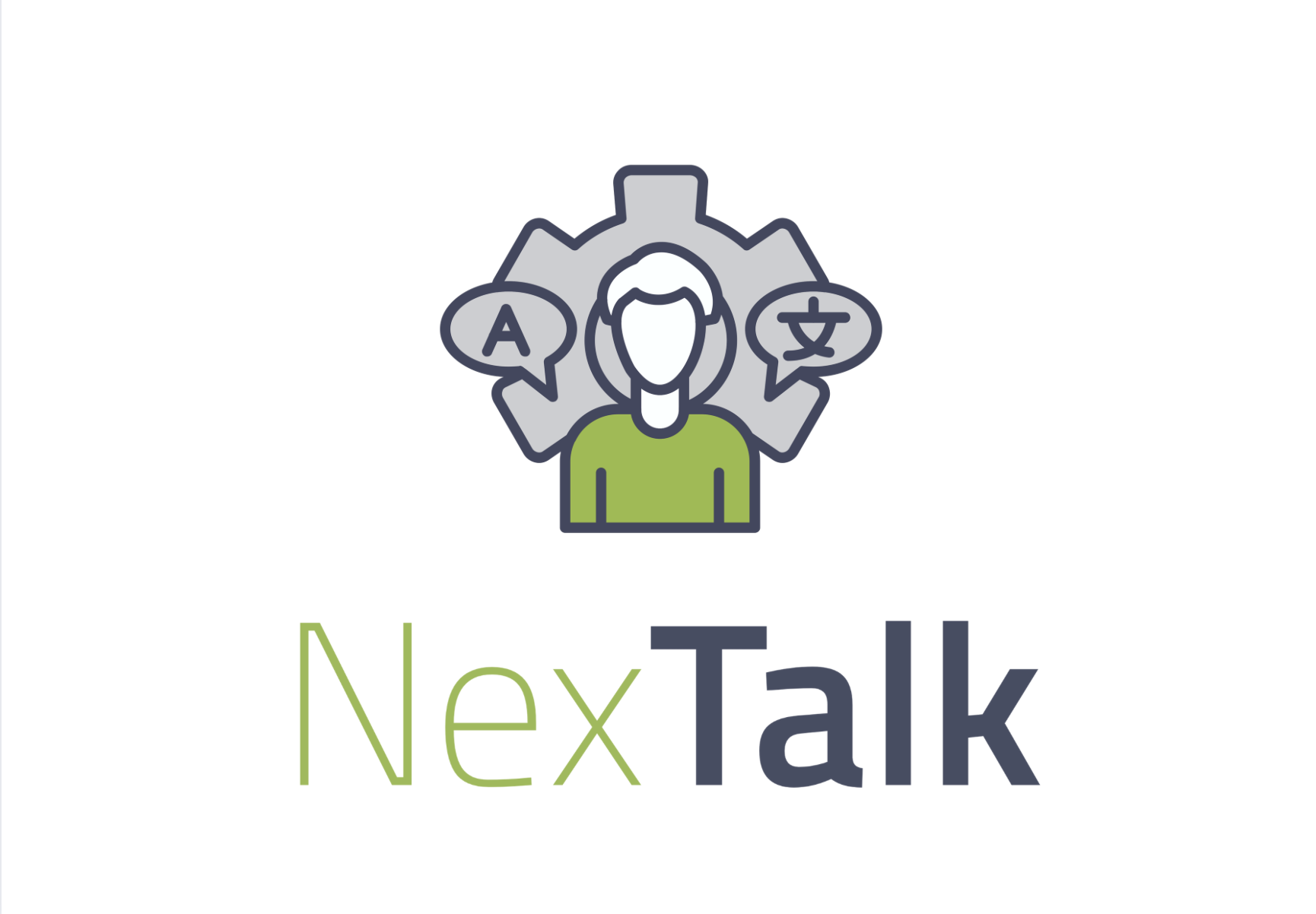Stay Compliant, Build Trust: Accessible Communication Standards for Utilities in 2025

Why Compliance & Accessibility Matter More in 2025
Extreme weather, infrastructure modernization, and rising customer expectations are putting increasing importance on utility communication accessibility. Causing compliance regulators to ask: Are you reaching every customer—especially those who are Deaf, Hard-of-Hearing, or rely on interpreters? When you don’t, complaints rise, trust diminishes, and in some cases fines follow.
Accessible communication isn’t just about avoiding penalties; it’s about showing your customers you care. During a power outage, inaccessible systems create longer queues, repeat calls, and confusion that can spill into social media and local news. Utilities that deliver fast, understandable answers in multiple formats build their reputation to last long after the storm.
The Utility Compliance Landscape
Compliance matters because utilities are essential public services, and customers—including those who are Deaf, Hard-of-Hearing, or limited-English—must be able to reach you and understand critical information. Regulations at the federal, state, and local level all point in the same direction: deliver effective, accessible communication across all customer channels—outage hotlines, billing, service changes, safety alerts. Doing so reduces regulatory risk, prevents complaints, and builds long-term community trust.
Where Utilities Commonly Fall Short
Many of the accessibility breakdowns utilities face aren't new—but they continue to surface, especially under pressure. Voice-only outage lines still dominate, leaving Deaf and Hard-of-Hearing customers without a way to receive critical updates in real time. Even when TTY numbers are published, they often route to auto-attendants that aren’t configured to detect TTY callers, frustrating customers and leading to abandoned calls. Interpreter support remains inconsistent; ASL or spoken-language interpreters are frequently brought in manually, increasing wait times and complicating resolution. Automated verification systems also create major barriers—particularly when customers must speak sensitive account details out loud with no accessible alternative. And perhaps most critically, many utilities still lack a system for logging when accessible communication tools are offered or used, leaving them exposed in the face of compliance reviews or customer complaints.
How NexTalk Can Help
At NexTalk, we understand that accessibility challenges like these aren’t just technical issues—they’re trust issues. That’s why we’ve built solutions that directly address each of these pain points. From modernized TTY support and real-time interpreter access to accessible caller verification and audit-ready logging, NexTalk helps utilities deliver clear, compliant, and equitable service—no matter how the customer connects. We don’t just help you meet regulatory standards—we help you build stronger, more inclusive relationships with your community.
Accessibility = Equity in Emergencies
In events like power outages, timely and understandable information can be safety‑critical. Customers who can’t hear recorded messages or navigate voice‑only prompts are last to know restoration times, last to report hazards, and first to lose trust. Regulators and community advocates increasingly frame accessibility as an essential component of equity and public safety.
Four Pillars of Compliant, Accessible Utility Communication
1. Communication Access
Give customers a way to actually reach you. Providing key services like TTY will help to serve more of your customer base.
2. Interpreter Support
Offer on‑demand interpreting services including spoken‑language phone interpreting (OPI) from within the call flow. Fast connection = lower abandonment & better first‑call resolution.
3. Accessible Caller Verification
Make it easy for Deaf & Hard-of-Hearing customers to verify their identity. Avoid third party verification to ensure you are serving those who need it.
4. Logging & Reporting
Keep track of when accessibility tools are used (TTY and interpreting services) and what happened (resolved or escalated). This helps with audits, training, community trust, and regulatory compliance.
To meet accessibility standards and truly serve every customer, utilities need more than good intentions, they need tools built for inclusive communication. NexTalk delivers on these core pillars of accessible customer engagement, helping utilities close compliance gaps, reduce risk, and build lasting trust with Deaf, Hard-of-Hearing, and limited-English customers.
NexTalk Delivers on the Four Pillars of Accessible Utility Communication
Meeting modern accessibility standards requires tools designed specifically for inclusive customer engagement. That’s exactly what NexTalk delivers. Our integrated platform directly supports all four pillars:
-
Communication Access
NexTalk ensures customers can reliably reach your contact center with built-in support for TTY. -
Interpreter Support
Agents can launch on-demand Over-the-Phone Interpreting (OPI) streamlining communication and resolving issues faster. -
Accessible Caller Verification
We help remove the barriers of traditional voice-based authentication by offering secure, inclusive identity verification. -
Logging & Reporting
All accessibility interactions are tracked, including usage details and resolution status, providing audit-ready data for compliance reviews, internal QA, and trust-building transparency.
Utilities that prioritize inclusive communication not only reduce risk but build lasting trust with every community they serve. With NexTalk, you can be sure you’re creating a contact center that’s responsive, respectful, and ready for everyone.


